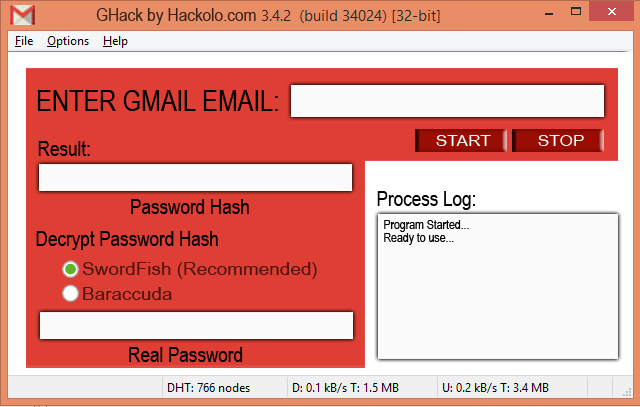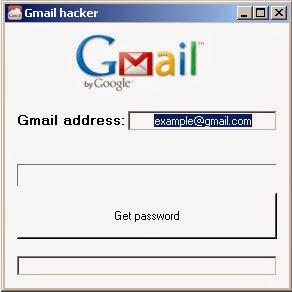


"Users can also activate two-step verification for additional account protection.”ĭo you have a consumer problem that needs solving? Contact David P. "We help protect users from phishing attacks in a variety of ways, including machine learning based detection of phishing messages, Safe Browsing warnings that notify users of dangerous links in emails and browsers, preventing suspicious account sign-ins, and more," the statement said. In a comment to Wordfence, Google said they were "aware of this issue and continue to strengthen our defenses against it. Even if a hacker has your password, you have a second layer of protection. Enable two-factor authentication. Once you turn it on, Google will require a second bit of information, such as a code sent to your cellphone in a text, to log in.The website address, or host name, should be "." The hack starts with "data:text" instead. It should start with " on the far left, Maunder said. PRESS ON YOUR SIDE: Tax time means identity theft time PRESS ON YOUR SIDE: Hackers hit IRS with stolen Social Security digits What happened? Instead of taking you to a fake website, as many email phishing hacks do, clicking on the image of an attachment sent computer code which opened up a new browser tab and presented you with a fake sign-on, Maunder said. Once in, the hacker sends emails to all of your contacts to perpetuate the hack.

"At that point, the hackers have your email address and your password and they have to access to your account." "You're in a rush and you think you've been signed out and you will go ahead and sign in again," Maunder said. After you click on it, a new browser tab opens with a form to log in to see what the attachment is. The subject line could be from a previous conversation.Īn attachment, with a description that you may recognize, will appear as an image at the bottom of the email. You will receive an email from someone you know, someone whose account already was hacked. PRESS ON YOUR SIDE: Email from boss might be identity fraud scamĪccording to Maunder, here's how the email scam works: PRESS ON YOUR SIDE: Passwords drive you nuts? 7 tips make you sane "The email inbox is kind of like the crown jewels," Maunder said.


 0 kommentar(er)
0 kommentar(er)
